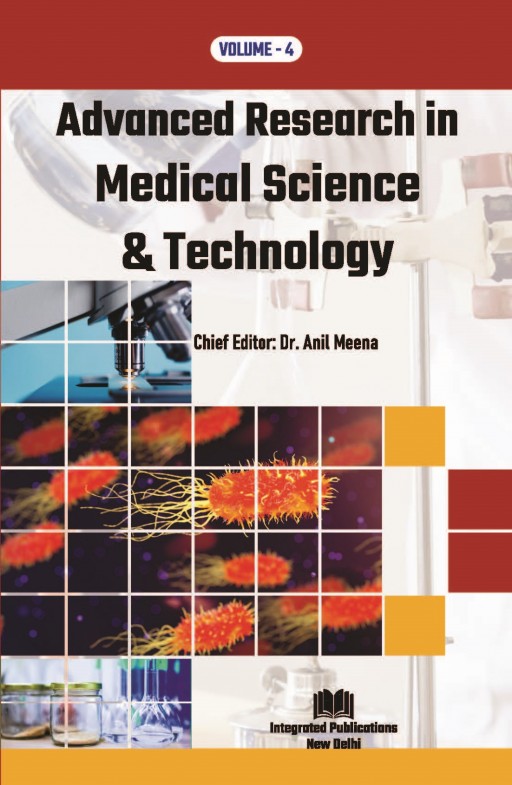Unravelling the Molecular Complexity of Triple-Negative Breast Cancer: Significance for Diagnosis and Therapy


Breast cancer is a prevalent form of cancer affecting both men and women, with women being more susceptible. It originates in the breast cells, with various anatomical locations within the breast tissue where it can manifest. Most common forms are the invasive ductal carcinoma (IDC), ductal carcinoma in situ (DCIS), and invasive lobular carcinoma (ILC). The spread of breast cancer is facilitated by processes such as apoptosis evasion, unlimited cell proliferation, increased angiogenesis, and metastasis. Both environmental factors and genetic predispositions contribute to its development, with mutations in genes like BRCA1 and BRCA2 significantly increasing the risk. Triple-negative breast cancer (TNBC) constitutes about 10-15% of all breast cancers, more prevalent in women with BRCA1 gene mutations under 40. Triple-negative breast cancer lacks estrogen, progesterone, and HER2 receptors, complicating treatment. Its aggressive nature increases metastasis and recurrence risks, necessitating targeted research for improved therapies. Chemotherapy remains the main systemic therapy due to the absence of precise molecular targets. TNBC's aggressive nature heightens the risk of metastasis and recurrence, emphasizing the need for ongoing research to develop new therapeutic approaches. Multidisciplinary approaches involving surgery, chemotherapy, radiation therapy, and targeted therapies are crucial in managing TNBC, along with personalized treatment strategies and vigilant recurrence monitoring. Overall, early detection and tailored treatment are key to improving outcomes for individuals with breast cancer, especially triple-negative breast cancer.